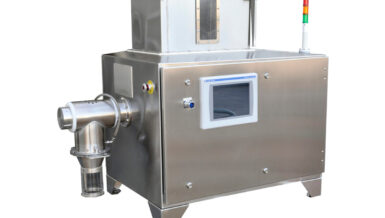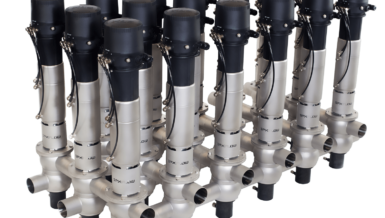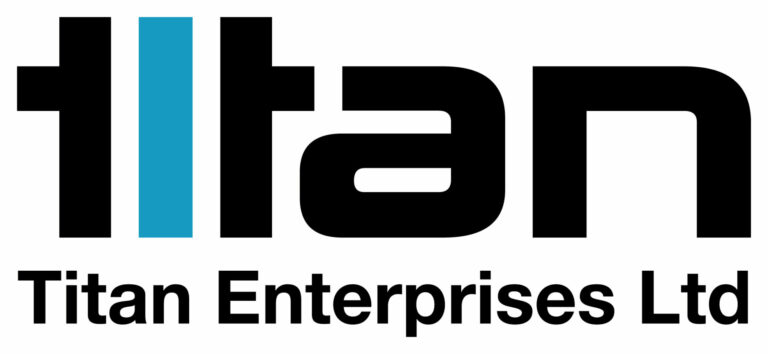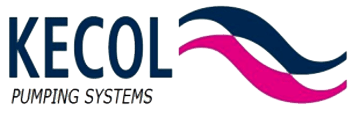In order to achieve this quality, a California-based wine company installed Anderson-Negele’s ITM-4 to monitor turbidity in their clarification process prior to bottling.

In order to achieve this quality, a California-based wine company installed Anderson-Negele’s ITM-4 to monitor turbidity in their clarification process prior to bottling.
In the following two wine clarification applications, Anderson-Negele was able to help customers improve their process by increasing production yield and establish repeatable product quality control specifications.
Application 1: Centrifuge Drum Purge control
Before Wine is bottled, it is filtered to remove suspended particles. In a centrifuge application, solid particles in the wine are separated and will accumulate in the centrifuge drum bowl. Once the drum bowl is full of solids, they must be purged to maintain the continuous process and more importantly, sustain the processor’s wine quality standard. If the drum bowl is not purged in time, solids will pass through the centrifuge and flow to the packaging line. If the drum is purged to early, wine along with the solids will be pushed to drain, reducing production yield.
The Anderson-Negele solution: ITM-4 turbidity meter

In the centrifuge application, when the drum bowl begins to reach the fill level, wine turbidity at the discharge of the centrifuge will begin to rise. This increase in turbidity is easily detected by the ITM-4. With a range of 0 to 5000 NTU, the ITM-4DW’s 4 -20mA signal can be scaled to accurately measure product turbidity and signal the PLC when process turbidity setpoints are reached. For this application, the ITM-4 was scaled to monitor turbidity between 30 to 40 NTU.
Application 2: Filtration monitoring
Knowing a wine’s turbidity in Cross-Flow filtration applications enables wineries to confirm equipment performance, specifically by continuously measuring retentate turbidity. In addition to filtration performance, turbidity meters are used to program the filter backflush program timing and provides indication of filter capillary straw condition.

During Cross-Flow filtration, the filtrate and permeate are permanently separated preventing the formation of a filter cake and reducing the need to clean the filter. A thick, hazy wine can quickly block the filters on a machine requiring the filtration process to be immediately stopped to clean the filters.
The Anderson-Negele solution: ITM-4 turbidity meter
The ITM-4 turbidity meter continuously monitors wine filter retentate prior to the packaging stage. Wines bottled for immediate consumption have a clarity requirement of < 1.0 NTU, which is perfectly within the specification of the ITM-4. With range settings from 0 to 5000 NTU, the ITM-4 is ideal for low turbidity measurement.
The ITM-4 with its process automation could eliminate the traditional method of periodically checking the filters, which was very time consuming.






























